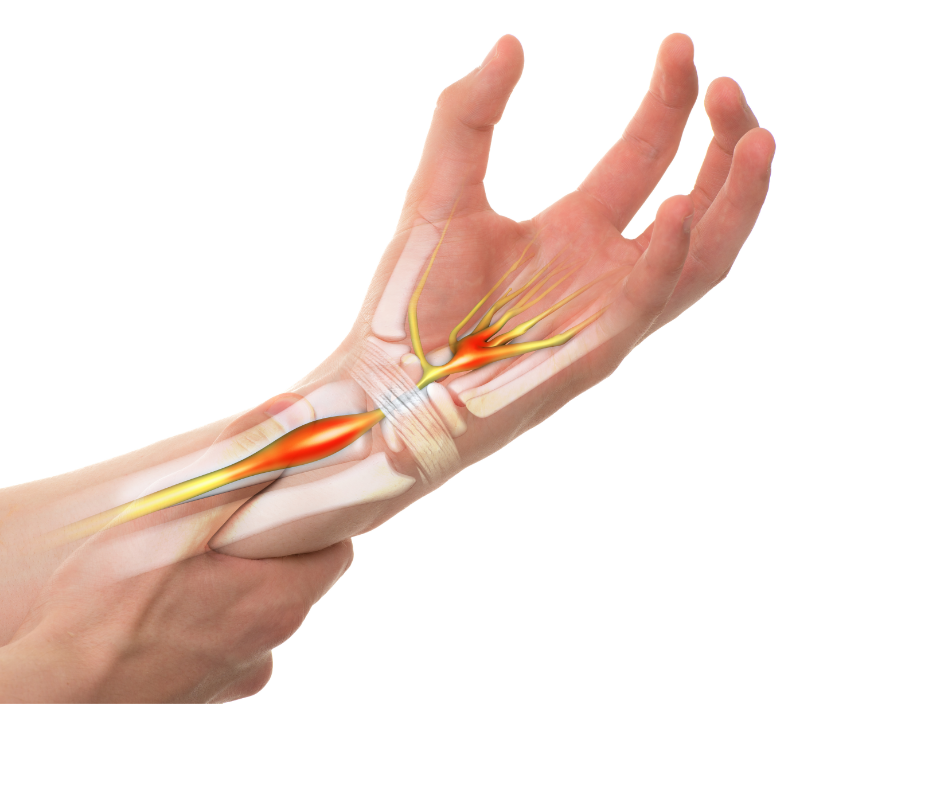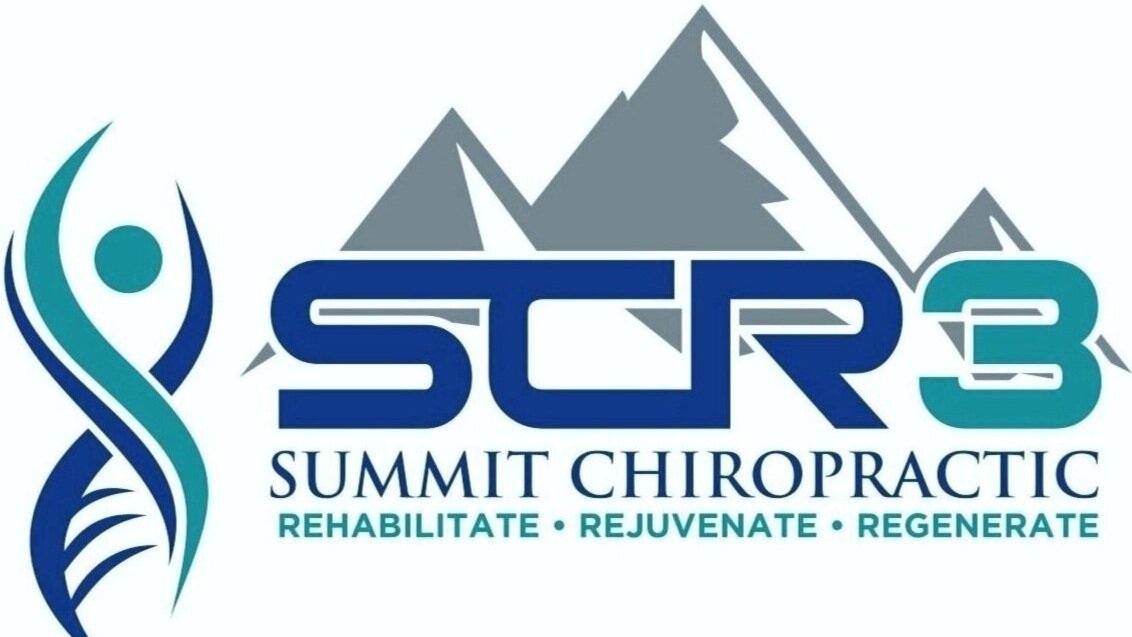Acupuncture/Dry Needle Therapy
A combination of old and new, our docs are trained in both Acupuncture (biomedical) and dry needling. We are able to alleviate trigger points with dry needling, while also incorporating traditional acupuncture point locations for maximum effectiveness.
What Does Acupuncture Do?
Acupuncture Vs Dry Needling
Acupuncture
Acupuncture is a centuries old technique based on the flow of chi in the body. Needles placed along these chi meridians in the body are thought to stimulate the meridians, thus enhancing energy flow and healing. Recent research has found that the brain changes (for the better) in response to acupuncture. So not only are we able to increase blood flow, but also change the brain with acupuncture.
Dry Needling
Dry needling is similar to acupuncture in many ways; the same needles are used, and the same effects of increased blood flow and local healing response. The only real difference is that in dry needling, the therapist is looking for tight bands of muscle to place the needle. Placing the needle in a tight band of muscle stimulates a neurological response, leading to a relaxation of the muscle. This can be particularly helpful in treating muscle that commonly spasm or tighten up like the upper traps, lumbar erectors, calves, and the quads.
Dry Needling Vs Acupuncture

Acupuncture was superior to sham in producing improvements in neurophysiological outcomes, both local to the wrist and in the brain in Carpal Tunnel Syndrome patients
Maeda et. al., BRAIN (2017)
Needle FAQs
What is the difference between dry needling and acupuncture?
There are actually many similarities between the two; the needles are the same, and the responses in the body where the needle is placed as well as neurological responses are similar. The major difference is that acupuncture utilized points developed in the traditional Chinese medicine model, while dry needling aims to locate and target tight bands of muscle.
Does Acupuncture or dry needling hurt?
There is usually some discomfort with both acupuncture and dry needling, but this is typically less than if we were using a traditional serrated needle used for injections. Because we are not injecting anything, the needles we can use are much smaller and shaped into a point that pushed tissue apart, instead of cutting through it.
Will I be sore after dry needling ?
The most common side effect of both acupuncture and dry needling is muscle soreness between 12 and 24 hours after treatment. This is completely normal and not something that should be worried about. The best way to decrease this soreness is with light activity and being sure to drink lots of water.
What do these therapies do exactly?
There are local (where the needle is placed), segmental (spinal cord), and supraspinal (brain) responses to needling. The local response is an acute reaction that brings the bodies natural healing agents in to increase blood flow and speed up the healing process. The segmental response is an inhibition of pain at the level of spinal cord associated with the body part that is being needled. There are many supraspinal responses that include but are not limited to inhibiting pain at the level of the brain stem, increasing body awareness, and speeding up nerve conduction velocity.
Functional Integrative Rehabilitative Education
Functional Integrative Rehabilitative Education
If you are a clinician or individual who is interested in learning more about the physiological and neurological effects of dry needling and acupuncture, check out Dr. Ivo’s personal blog on the topic.



